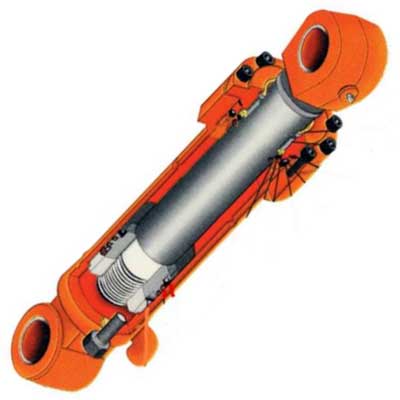There are many different type of workshop equipment that one can have. They vary in size, scope of work and other factors like space and cost. However, the main factor that determines what one buys is their interest in a particular field. Interest will push them towards a certain direction. For instance, someone with interest in cars will never buy carpentry equipment for their workshop. The level of interest in their fields of work or the use of the workshop will also matter a great deal. Some people have workshops where they make products to sell. Others will have workshops in their homes where they can develop their skills and keep themselves busy. Read this article to gain knowledge about the company that provides equipment rental and contracting services to the convenience of the clients.
 Whatever the case, different equipment have different characteristics, advantages and disadvantages that make them ideal for different jobs. Consider a workshop hydraulic press for instance. Its characteristics make it different from and more efficient than the classic mechanical press. Many people find that it is a safer alternative, relatively at least, when used appropriately. This is because of the control that the ram movements give it. It has many safety devices, including the interlocking of guards that makes it safer. Also, there are no controls for tie down or anti repeat.
Whatever the case, different equipment have different characteristics, advantages and disadvantages that make them ideal for different jobs. Consider a workshop hydraulic press for instance. Its characteristics make it different from and more efficient than the classic mechanical press. Many people find that it is a safer alternative, relatively at least, when used appropriately. This is because of the control that the ram movements give it. It has many safety devices, including the interlocking of guards that makes it safer. Also, there are no controls for tie down or anti repeat.
The hydraulic press is also more compact than the mechanical press. As the scope of its work goes higher, it does not increase in size as one would expect. The 20 ton press is 8 feet high while the 200 ton one is but two feet higher. It is more compact for ten times the size. This trend is also the same for its versatility. It can do many jobs as long as the tonnage range is right. It can perform tasks like rubber compression, bonding, broaching and wheel forming. It is also used in assembly, shell reductions, forming and blank and pierce.
People like the hydraulic press because it is quieter in operations than the mechanical counterpart. It has fewer parts that move because of the elimination of the flywheel. Their mounting and sizing is just right, and they are designed with the federal noise standards in mind. They exceed these standards even at full pressure. Each time the ram moves, the phase can be controlled. This means the user can also control the level of noise produced by the press. One can control the ram movements such that they are as slow and quiet as possible. Link here http://royaltechnic.com.au/index.php?pg=products&cid=56 for more information about other hydraulic equipment.
The movement is also flexible and one has more control. The hydraulic press is not one that simply goes vertically up and down like a truck jack. It does more than that with the control one has when operating. It has mechanisms to control the direction, speed and release of the force by the ram. One can also adjust the pressure duration to dwell more or less. In hydraulic presses, everything can be set just right for the job, with the user able to set timers, heaters, coolers and feeders all to their exact preference. This ends up prolonging the tool life of the press.
